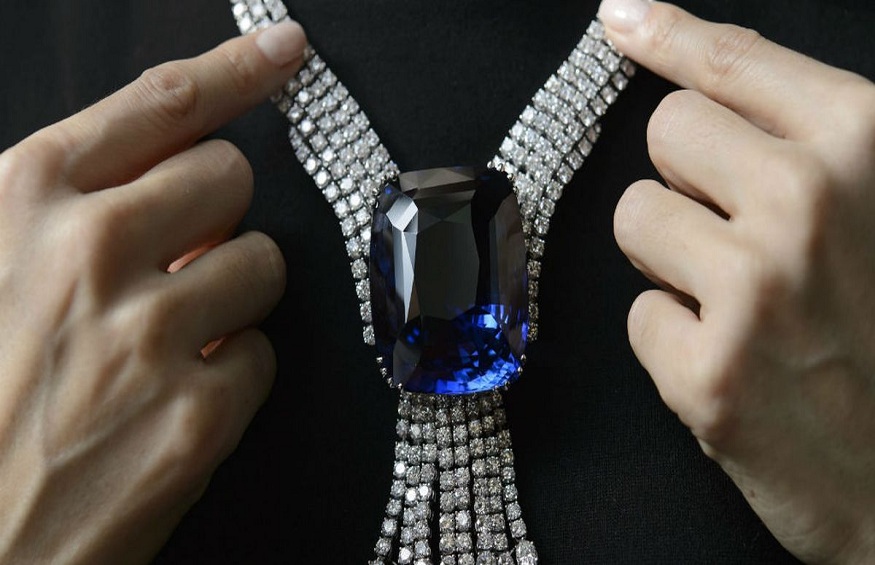Jewellery auctions seem incredibly exclusive and remote from the normal person with their astronomical price tags, heated bidding wars, and spectacular bejeweled items from royalty and well-known celebrities.
But we’re also intrigued and interested to learn more about what precisely happens at one of these glamorous jewellery auctions.
Here are surprising facts regarding Jewellery auctions you might not know.
1. Anyone can attend Jewellery auctions for absolutely free
Surprisingly, auctions are free and open to the public, even at upscale auction houses. There are, however, some prominent evening auctions that do demand a paid ticket.You must register before the auction, sometimes a day or two beforehand if you intend to participate in the bidding. Each auction house has a different registration cost and ID requirement, and some want a deposit or a financial reference before letting you place a bid.
2. It’s quite hard to become an auctioneer.
Being a live auctioneer is tough and stressful, and due to the job’s demand, there aren’t many active auctioneers.There are auctioneering schools that can help you get your foot in the door. However, prestigious auction houses offer a selective auctioneering school that accepts just 41 aspirants every two years. Only two to three students ultimately complete the demanding curriculum.
Students are trained in auctioneering schools to be charismatic masters of ceremonies and hone their bid-calling skills, which is their deft capacity to start bidding, engage the audience, and communicate effectively while maintaining the high energy of a live auction. They are also taught extensively about vintage jewellery valuation.
Most auctioneers receive commission payments based on the sale price of a collection. On the other hand, other auctioneers charge a set fee for their services. According to the National Auctioneers Association (NAA), the average part-time auctioneer earns $46,000 annually.
3. On average, each lot sells in 2 to 3 minutes.
Considering the amount of money bidders are about to pay on a Jewellery piece, you would expect the lot would take a little longer to gradually build up to that last winning offer. Surprisingly, each piece remains on the auction block for two to three minutes before being purchased or sold. (Largely because of the fast-talking auctioneers who quickly fire off repeat bids to keep the event fresh and interesting.)
The longest bidding conflict in the history of auctioning only lasted 16 minutes. At a 2011 Christie’s auction, two bidders battled it out for Andy Warhol’s Self-Portrait painting, which a European caller eventually purchased for a cool $38 million.
4. Bids often rise by 10% increments.
Although the auctioneer has the final say, most auctions encourage bids in 10% increments. A smart auctioneer must swiftly compute those percentages and bid increases while maintaining their enthusiasm and sense of urgency.
Final thoughts
If you have some jewellery pieces that you no longer wear, you can consider selling jewellery at auction. Now that you are equipped with information about it, you will find the process smooth and enjoyable.

